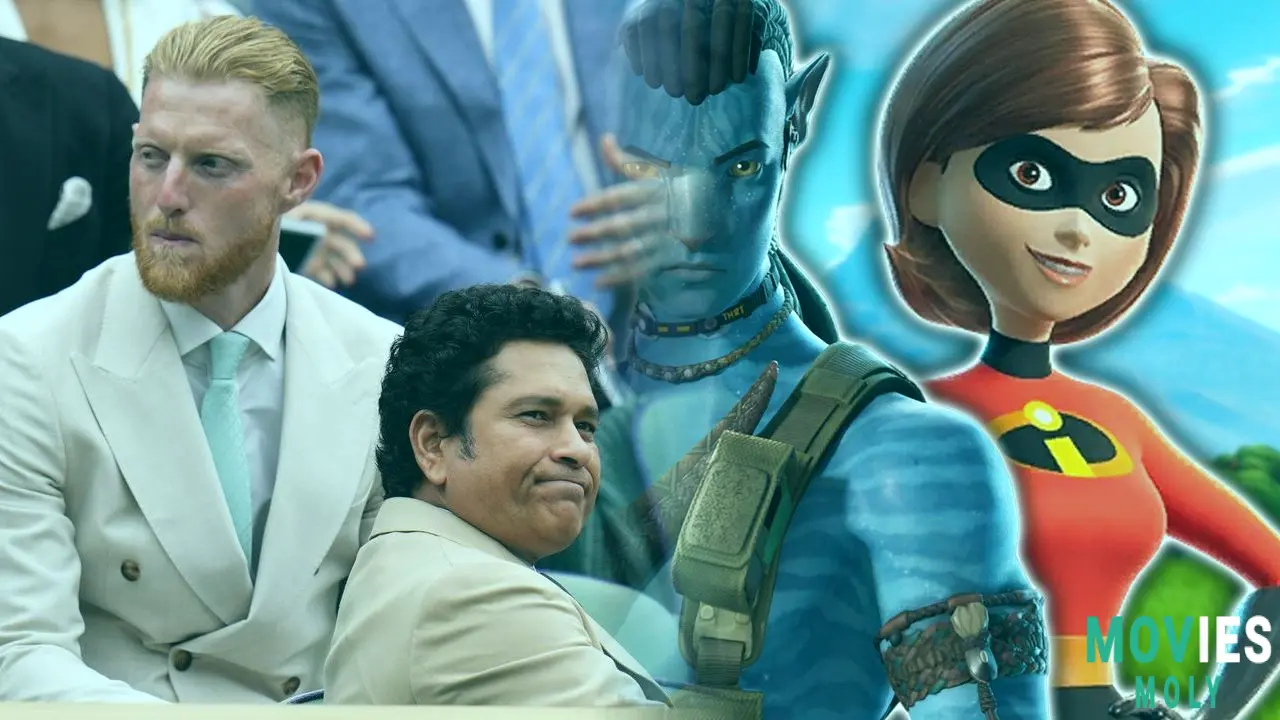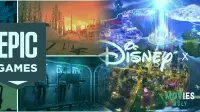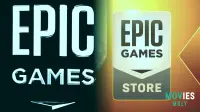Epic Games CEO Tim Sweeney has spoken directly to recent rumors of internal unhappiness and slowdowns in the grandiose Disney Fortnite realm. This mammoth $1.5 billion agreement seeks to build a persistent, dynamic universe within Fortnite by combining Disney's iconic characters and storylines with Epic's gaming ecosystem. Despite the enormous stakes and complexity of such a venture, Sweeney's recent comments indicate that the project is progressing at a rapid rate.
Tim Sweeney's Position: Debunking the WSJ ReportThe Wall Street Journal's Allegations
The Wall Street Journal recently reported that several Epic Games executives were dissatisfied with Disney. The study alleged that Disney's decision-making process was delayed, causing delays in the initiative known internally as "Project Bulldog." This sparked concerns about the status of the highly anticipated Disney Fortnite cooperation, which was announced with a large $1.5 billion investment from Disney in February 2024.
Sweeney's '10x Speed' Claims Explained
Tim Sweeney responded promptly to these claims. He used social media to call the anonymous quote in the story "BS." Sweeney remarked that the speed of collaboration between Disney and Epic has been "awesome," mentioning the Darth Vader integration as one example. He asserted that this speed is "around 10x the ordinary speed of media company dealings in this business."
Sweeney also stated that Epic Games submitted a statement to the article's author, but it was not included in the final version. This candid reaction from the Epic Games CEO portrays a picture of a cooperation that is not only on schedule, but also moving quicker than industry standards. When compared to other big technology or media collaborations, such as large-scale mergers or complex cross-platform content deals, Sweeney's "10x speed" claim reflects an extremely streamlined and efficient working relationship between Disney and Epic. Such a speedy pace for a business of this magnitude demonstrates both organizations' dedication.
Project Bulldog: A Vision for Disney's Fortnite Metaverse
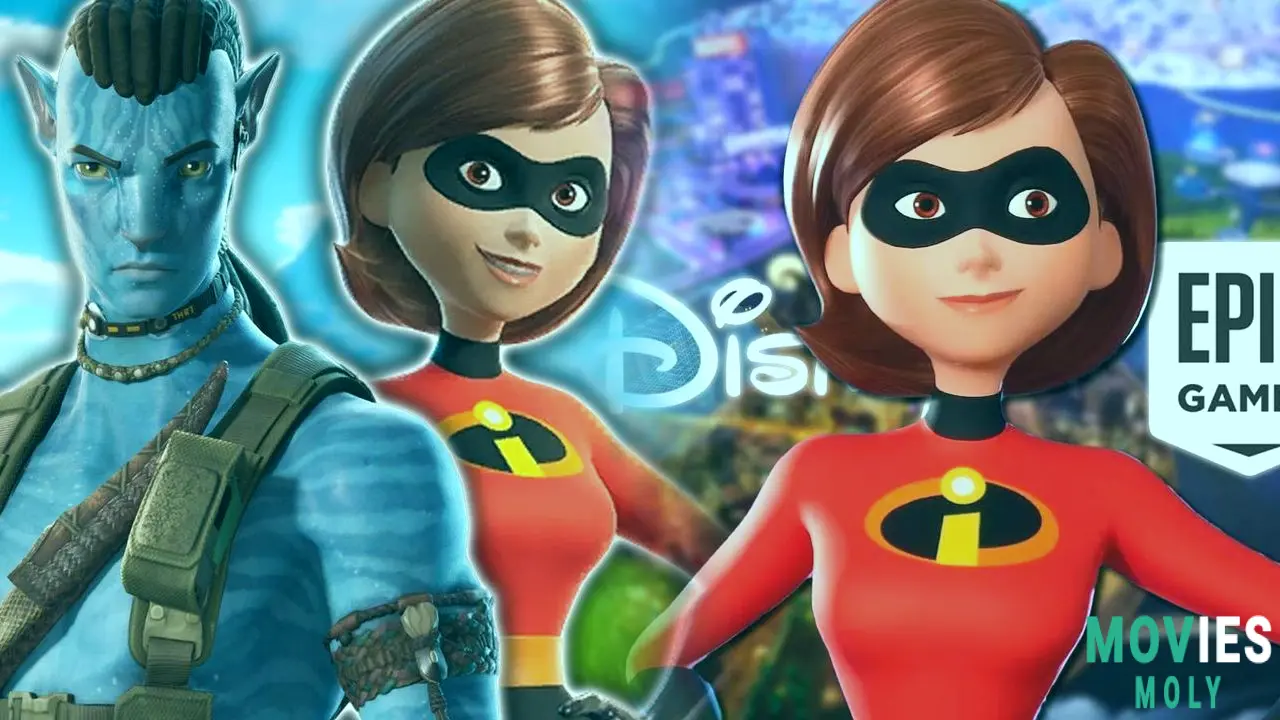
Project Bulldog is more than a regular Fortnite content update. It symbolizes a long-term effort to create a persistent Disney universe within the game. The idea includes themed islands inspired by Marvel, Star Wars, Pixar, and other Disney properties, all powered by Unreal Engine and Fortnite Creative. The idea is to create a dynamic environment in which users may fully immerse themselves in their beloved Disney worlds.
The objective extends beyond static surroundings. Imagine stepping onto a Star Wars island where you may engage in lightsaber duels, pilot iconic starships, or even train as a Jedi or Sith. A Marvel island may allow gamers to join forces with the Avengers, participate in superhero training exercises, or explore exact recreations of New York City sites. Pixar-themed locations may have unique mini-games inspired by films such as Toy Story and Cars. The potential gameplay experiences are huge, providing unprecedented levels of interactive fandom.
Disney's previous gaming initiatives have been diverse, ranging from the popularity of Kingdom Hearts to the obstacles encountered by Disney Infinity. This collaboration with Epic Games differs greatly. It is not simply about licensing characters for a game. Disney's $1.5 billion investment represents a deep strategic collaboration aimed at creating a continuous, living universe rather than a collection of isolated games. This relationship is significant because it incorporates the user-generated content concept, which has been extremely successful for Fortnite, allowing fans to actively shape the Disney experience.
The AI and UGC Conundrum: Lessons From Darth Vader
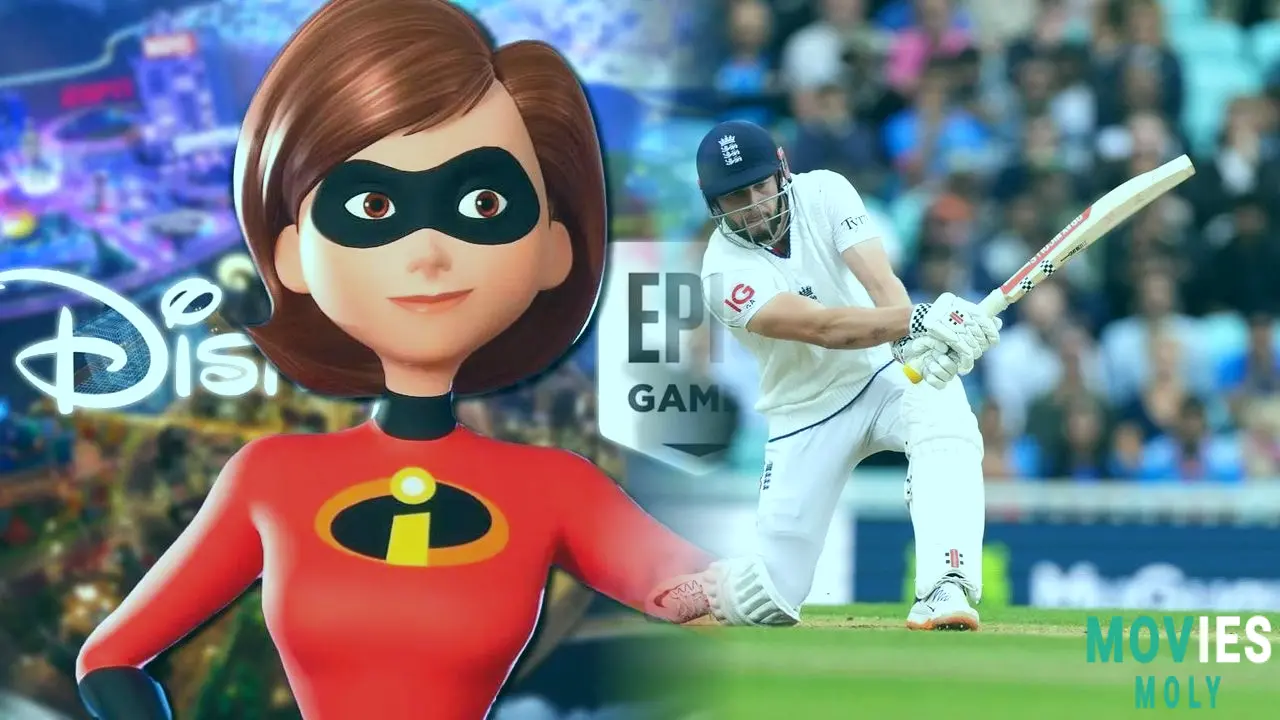
IP Ownership and Moderation Challenges
The Wall Street Journal investigation also raised worries at Disney about user-generated content (UGC) and artificial intelligence (AI) techniques. In May 2025, players manipulated an AI-powered Darth Vader figure in Fortnite. Despite the fact that the voice model was properly licensed, users discovered ways to make the character utter improper language. This resulted in rapid reaction and a quick patch from Epic, but it also caused SAG-AFTRA to file a charge, accusing Epic of utilizing AI to replace union voice work without permission.
This incident highlighted the complicated challenges of reconciling creative freedom with intellectual property regulation. Disney, with its painstakingly maintained brand image and recognizable characters, understandably has worries about how its intellectual property is handled in a user-generated environment. The question of who owns a fan-made Spider-Man dance or a custom Marvel character becomes essential. Large-scale content moderation for a huge metaverse like Project Bulldog is a significant technical challenge. To ensure that millions of user-created experiences adhere to Disney's family-friendly standards while also preventing the misuse or unauthorized adaptations of iconic characters, powerful AI algorithms and a dedicated human moderation staff will be required.
The Darth Vader event serves as a sharp warning of the unexpected nature of AI and user-generated content. While AI opens up fascinating opportunities for dynamic character interactions and world-building, it also runs the risk of unexpected effects that might harm a brand's reputation. The long-term ramifications for the gambling and intellectual property industries are considerable. Companies must figure out how to build a healthy creator community while protecting their most precious assets. This includes creating strong content filters, clear usage guidelines, and open reporting mechanisms for abusive content. The legal landscape surrounding AI-generated content, particularly voice models and character likenesses, is continually evolving, adding a degree of complication to these large-scale collaborations.
Why This Collaboration Matters: Beyond the $1.5 billion Investment
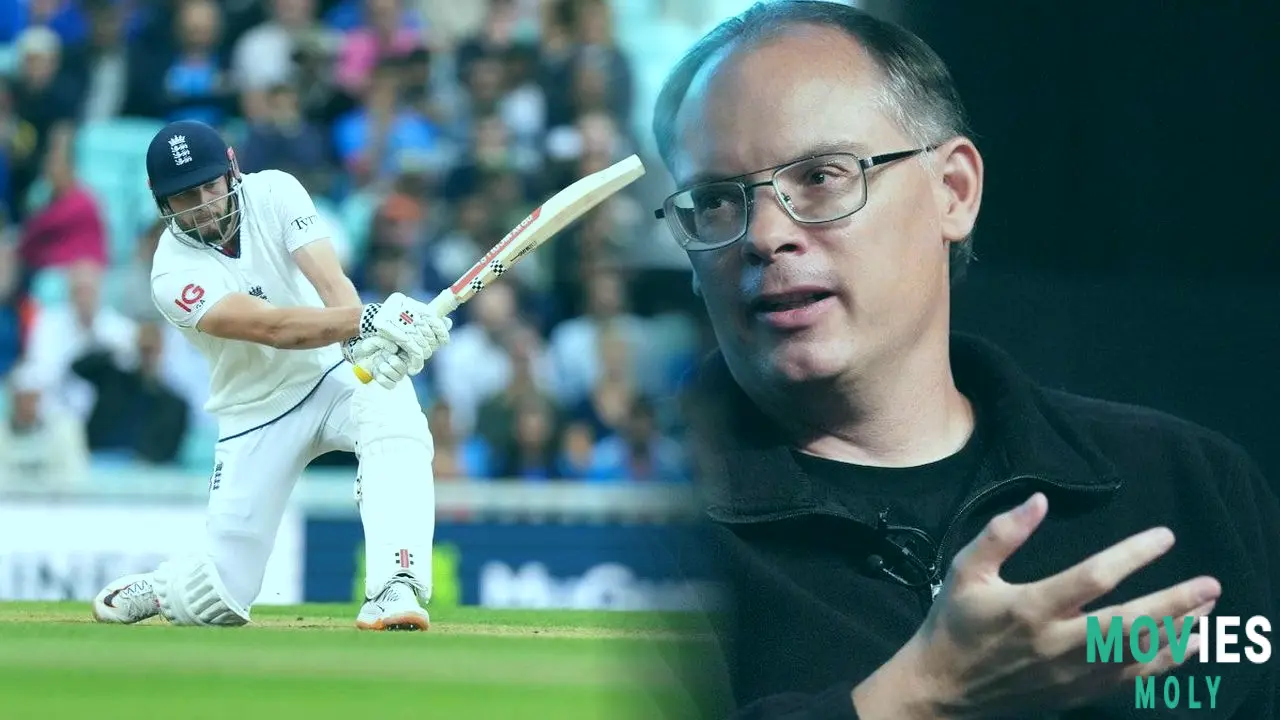
The $1.5 billion investment by Disney in Epic Games is a strong statement of purpose. It demonstrates Disney's commitment to the digital world, as well as its appreciation for Fortnite's vast reach and innovative platform. This collaboration is more than just incorporating Disney characters into a game; it is about creating a new type of continuous entertainment. As Sean Shoptaw, CEO of Disney, remarked, "The creator community will play 'a foundational part' in building the project and emphasized that Disney wants fans to 'build their own experiences with the characters and stories they love.'"
Disney and Epic's joint statement reflected this sentiment: "players, gamers, and fans will be able to create their own stories and experiences, express their fandom in a distinctly Disney way, and share content with each other in ways that they love." This emphasis on user production and fan expression represents a significant departure for Disney, which has always exercised strict control over its intellectual property. Josh D'Amaro, Chairman of Disney Experiences, stressed the project's ongoing nature, saying, "This is going to be a place where all fans can come and interact 365 days a year." This vision portrays the Disney Fortnite universe as an ongoing attraction, a virtual theme park that never shuts.
Unreal Engine's Role in the Disney Universe
Unreal Engine powers this enormous cooperation. Epic's sophisticated game engine is renowned for its realistic graphics and comprehensive programming tools. For Project Bulldog, Unreal Engine's capabilities are critical for portraying Disney's various worlds with great detail. Features such as Lumen for dynamic global illumination and Nanite for virtualized geometry enable extraordinarily detailed settings and characters while maintaining performance. Furthermore, Unreal Engine's user-generated content production tools are critical for allowing the community to create their own experiences within the Disney environment. This technical basis allows Project Bulldog to operate on such a large scale.
Looking ahead: What to Expect by Fall 2026.
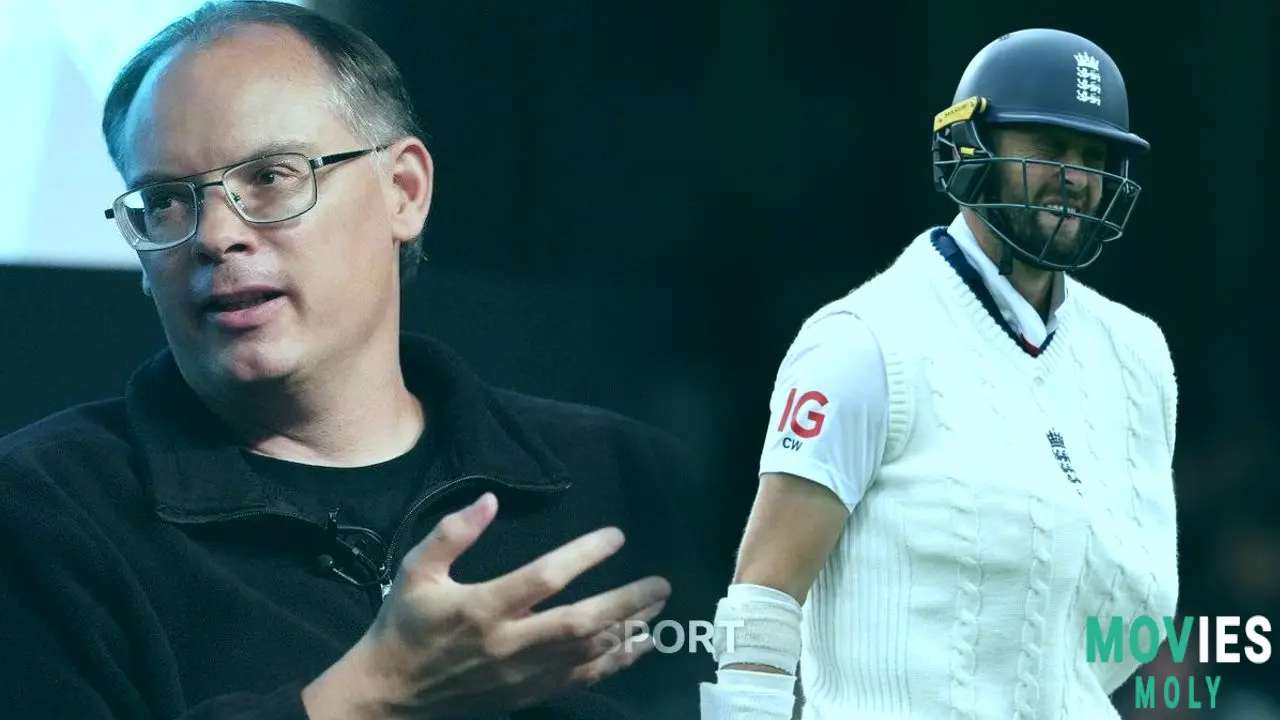
Player Expectations versus Reality
Project Bulldog is scheduled to be released in the fall of 2026. This schedule allows Epic and Disney considerable time to address the technological and moderation problems associated with creating such a large virtual world. Players should expect a rich, engaging experience that extends beyond basic character cosmetics and emotes. The promise to create unique stories and experiences inside the Disney framework raises player expectations.
Comparing this project to other existing or prospective virtual world ventures, such as Roblox or Meta's Horizon Worlds, reveals its distinguishing features. While other platforms allow for user development, none match the depth and breadth of Disney's intellectual property and the technological capabilities of Unreal Engine on this scale. Epic and Disney will face the difficulty of delivering on their promise of a really participatory and controlled environment that appeals to both hardcore gamers and casual Disney fans. The success of Project Bulldog has the potential to redefine what a "metaverse" is, pushing beyond basic social hubs and into completely interconnected, story-driven virtual worlds.
Our Take
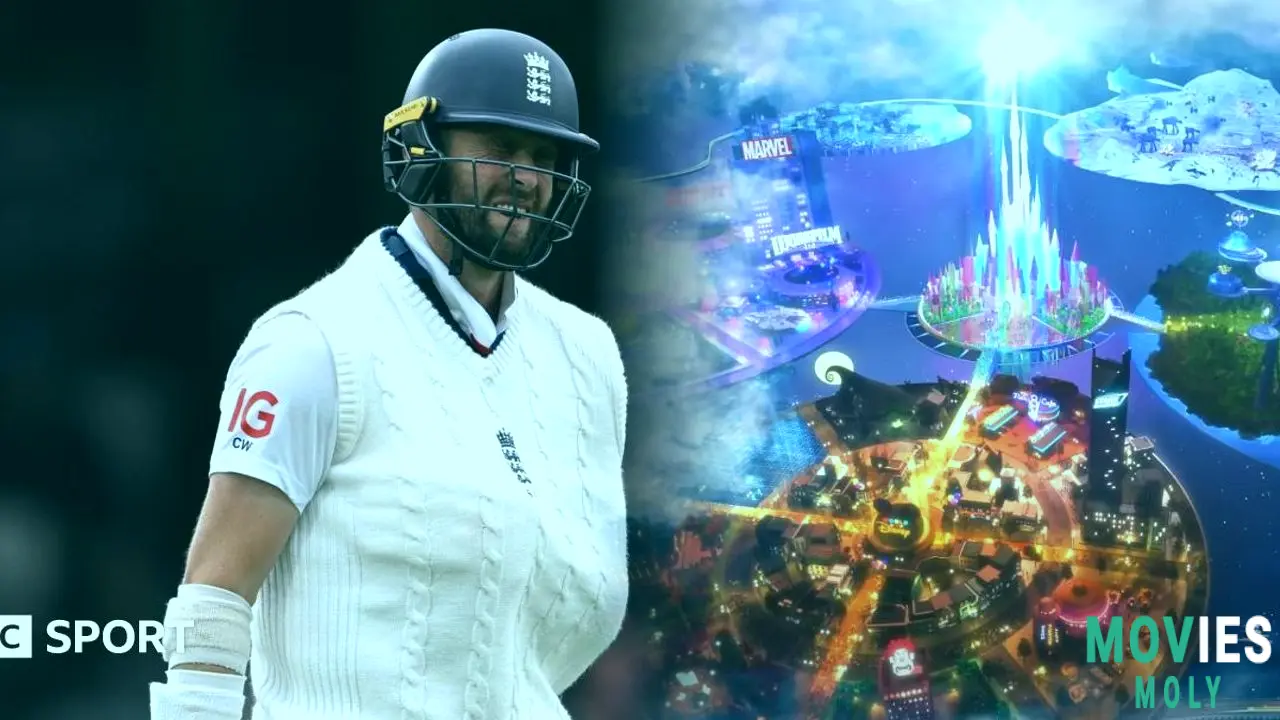
Tim Sweeney's aggressive response to the slowing rumors demonstrates his trust in the Epic Games Disney collaboration. The "10x speed" assertion, while bold, implies a level of operational efficiency that is uncommon in collaborations of this size. The Darth Vader AI event, albeit minor, provides great learning opportunities for both firms as they manage the challenges of user-generated content and artificial intelligence. It emphasizes the crucial importance of strong restraint and clear guidelines, particularly when dealing with treasured intellectual property.
The Disney Fortnite universe ambition is extremely ambitious, with the goal of creating a continuous, engaging focus for followers. If Epic and Disney can effectively balance the creative freedom of user-generated material with the integrity of the Disney brand, Project Bulldog has the potential to set a new standard for interactive entertainment. The Fall 2026 aim is a reasonable timeframe for development. The ability for users to genuinely control their Disney experiences rather than simply consume them has the potential to impact the future of both fandom and virtual worlds.

